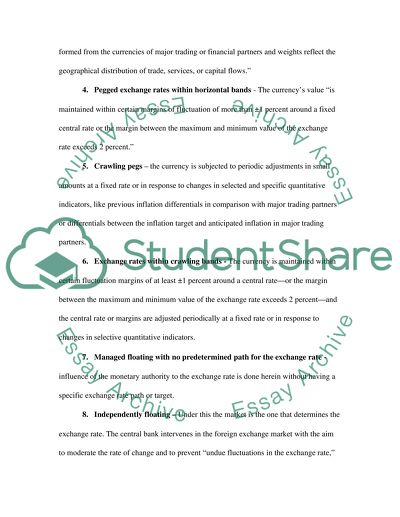Cite this document
(The Role of Valuation of a Nations Currency to Another Term Paper, n.d.)
The Role of Valuation of a Nations Currency to Another Term Paper. Retrieved from https://studentshare.org/macro-microeconomics/1516519-macroeconomics-college-essay
The Role of Valuation of a Nations Currency to Another Term Paper. Retrieved from https://studentshare.org/macro-microeconomics/1516519-macroeconomics-college-essay
(The Role of Valuation of a Nations Currency to Another Term Paper)
The Role of Valuation of a Nations Currency to Another Term Paper. https://studentshare.org/macro-microeconomics/1516519-macroeconomics-college-essay.
The Role of Valuation of a Nations Currency to Another Term Paper. https://studentshare.org/macro-microeconomics/1516519-macroeconomics-college-essay.
“The Role of Valuation of a Nations Currency to Another Term Paper”, n.d. https://studentshare.org/macro-microeconomics/1516519-macroeconomics-college-essay.


